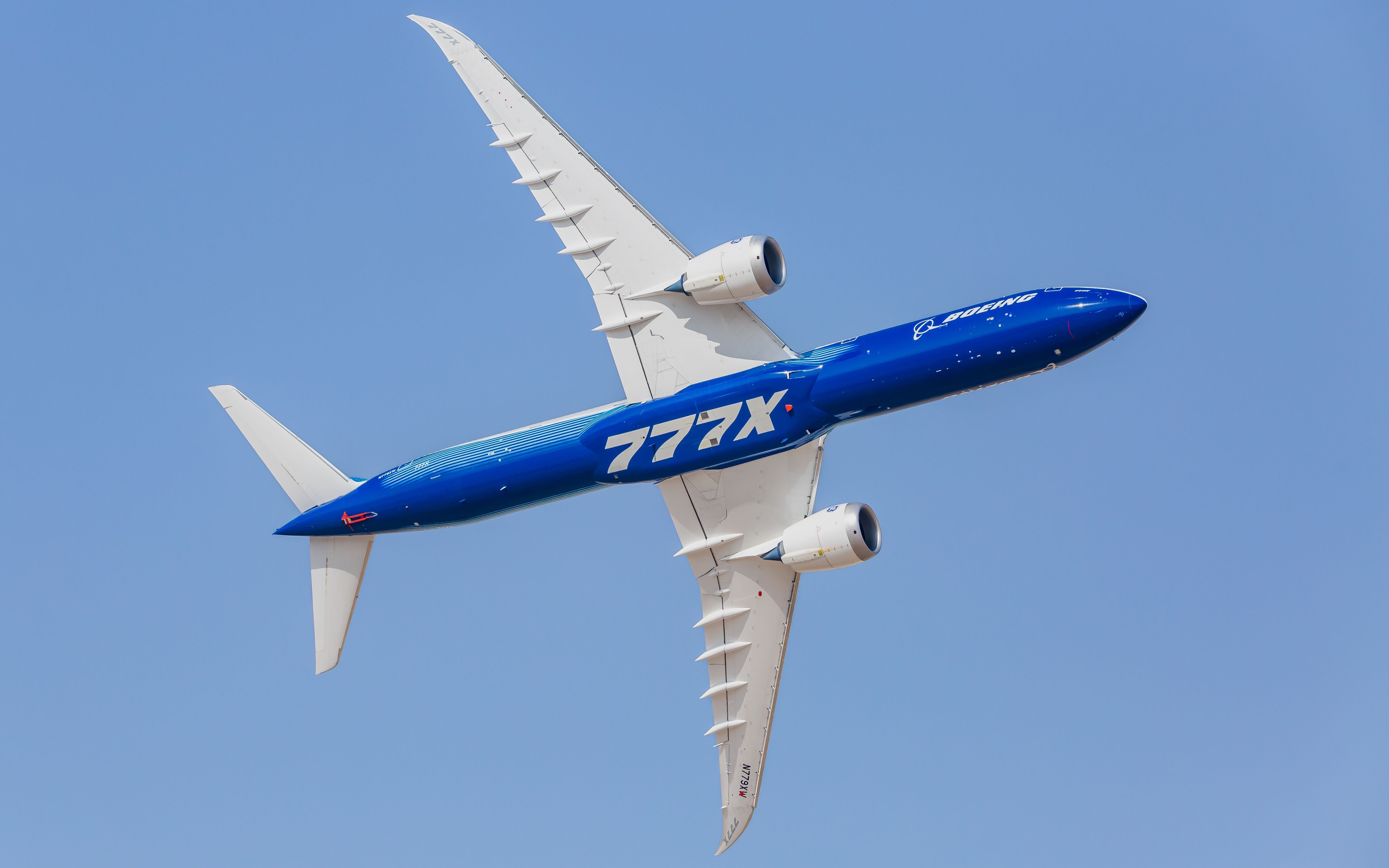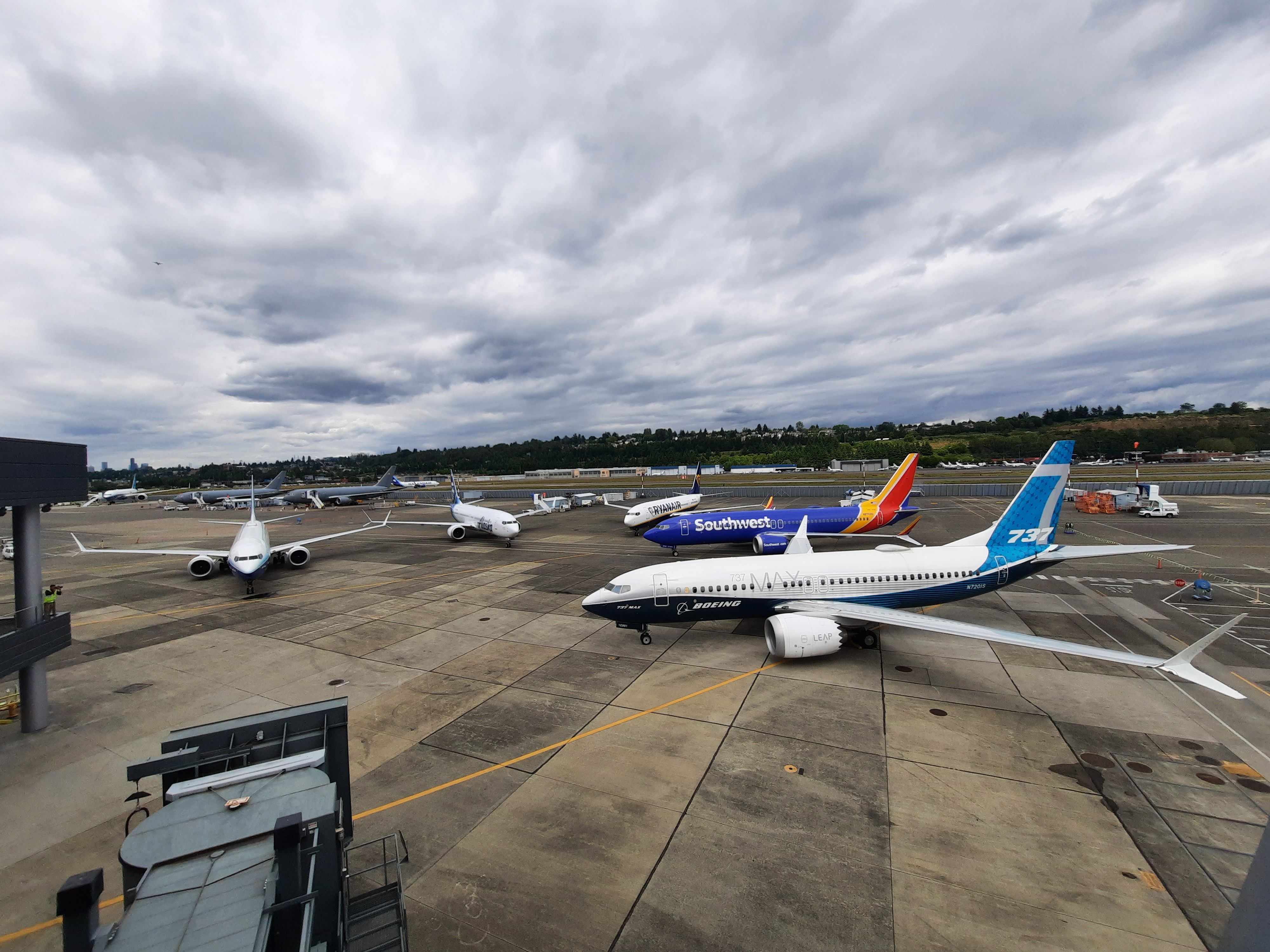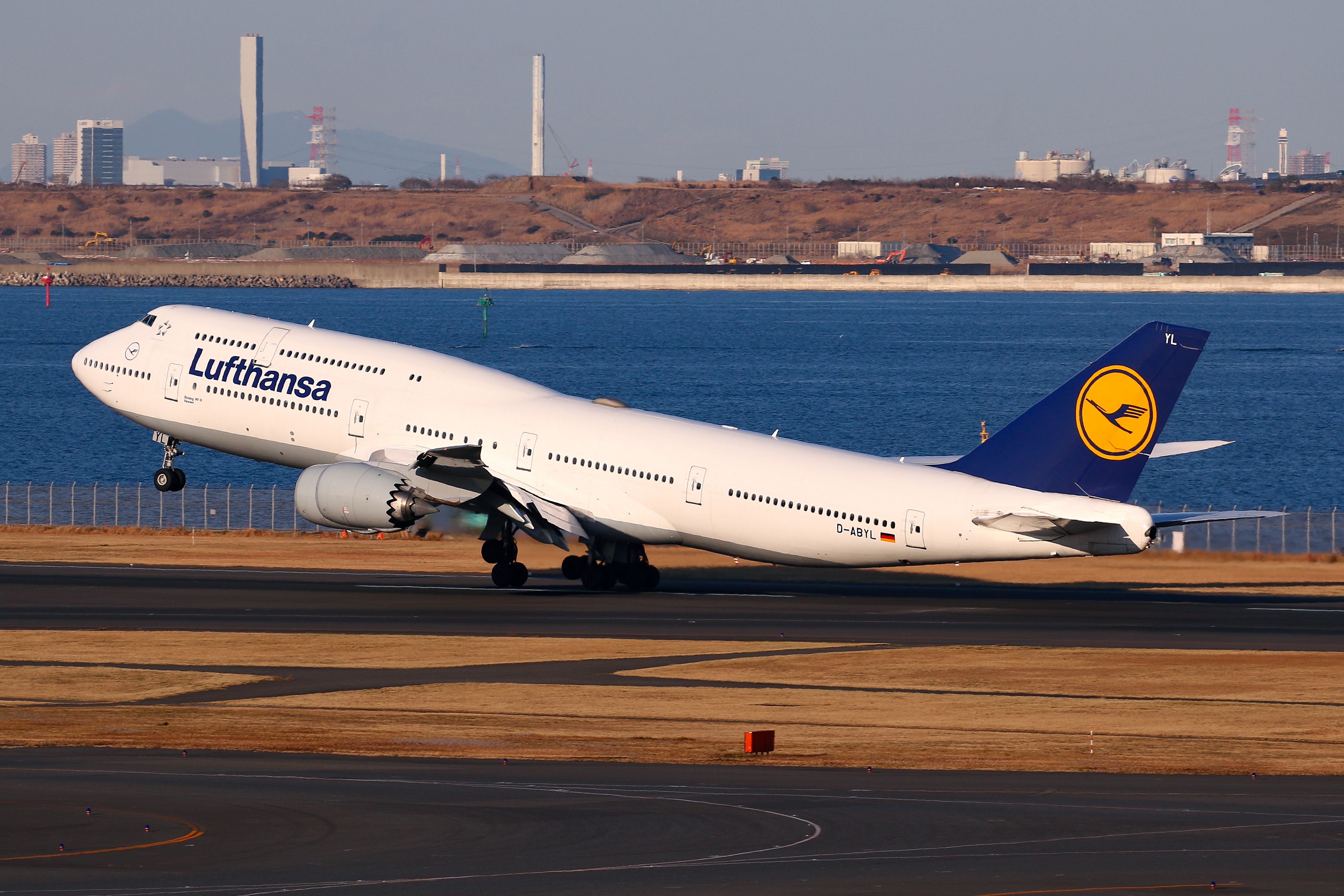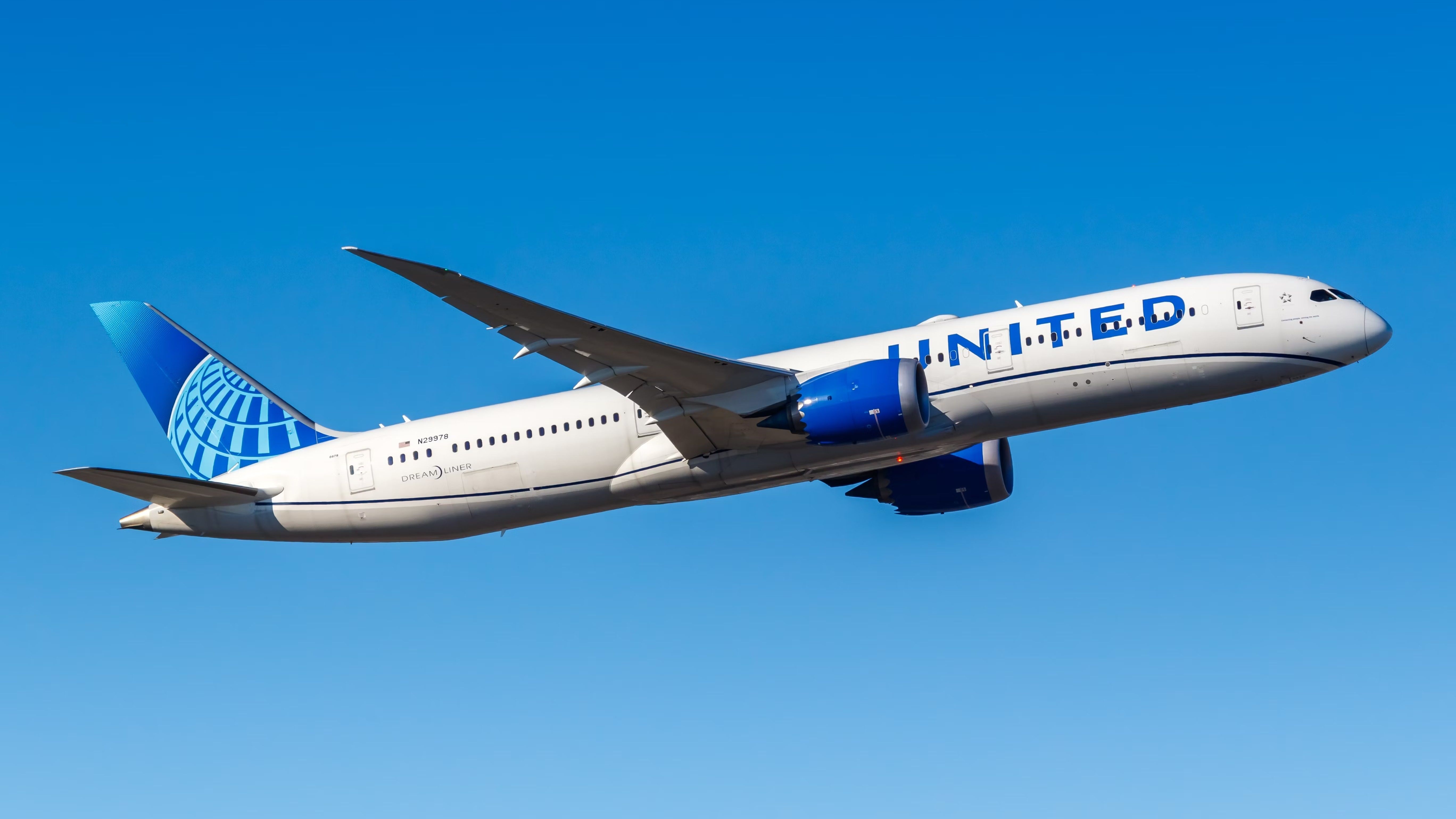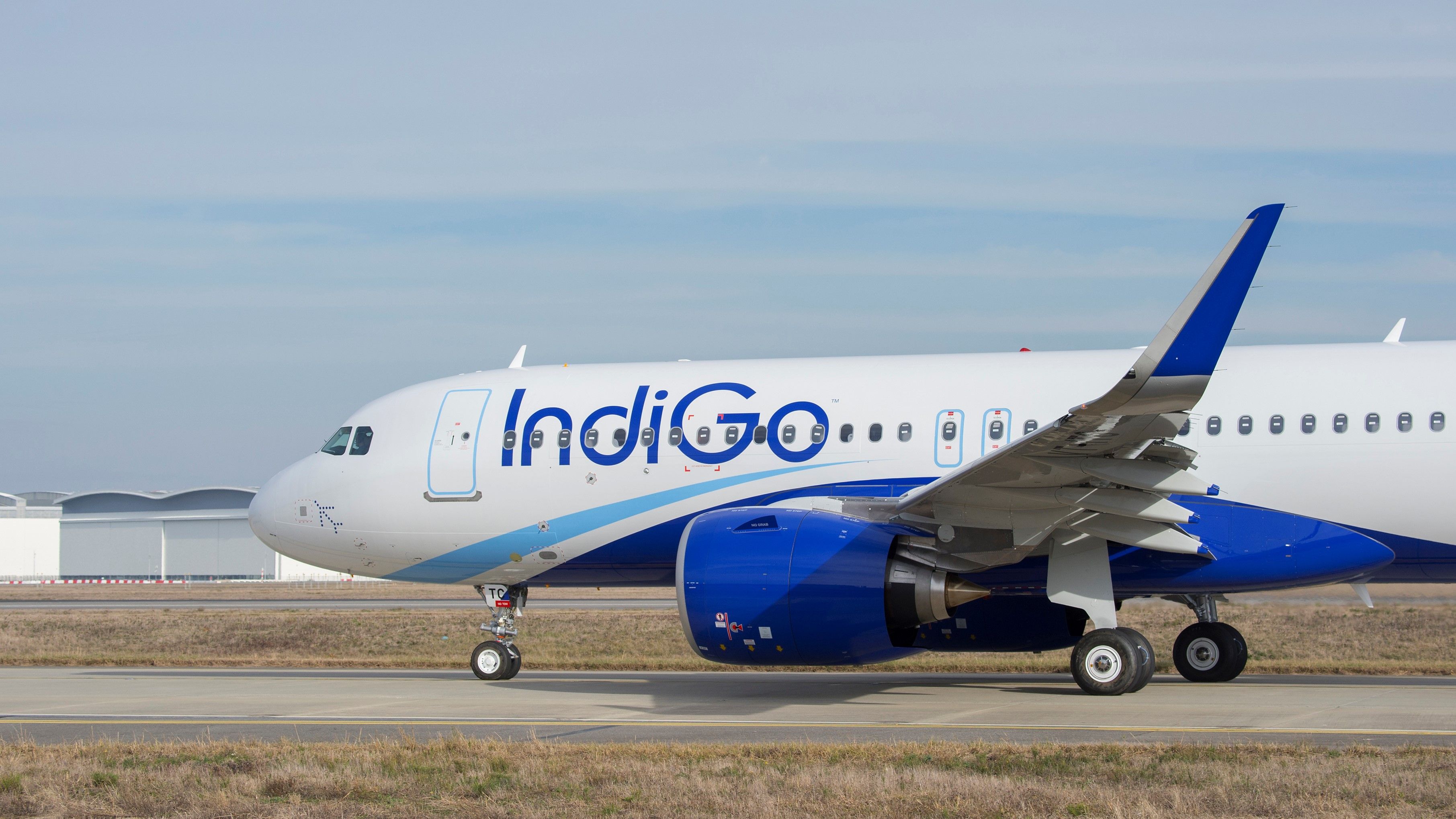Summary
- Buying a brand-new Boeing aircraft is a significant financial investment, with prices starting at $89 million.
- The cheapest narrowbody options are 737 family airliners, while widebody options start around the mid $200 millions.
- Airlines negotiate discounts off the list price, with most airlines receiving up to a 50% discount on orders.
Buying your own Boeing plane does not come cheap. With the least-expensive plane listed at over $89 million, purchasing brand-new Boeing aircraft is a significant financial investment even for the mega-rich. Bar a few examples, it's usually the airlines that are ordering aircraft in bulk, even in the hundreds. Boeing is generous with discounts, which range from 20% to 60%, depending on order size and the customer.
The Boeing 737
The following prices listed by Boeing are to be interpreted as averages. After all, when purchasing new aircraft, airlines usually have a wide range of options and configurations available. This ranges from increased fuel capacity to alternative seat configurations and can affect the price considerably.
Starting with narrowbodies, we see that the cheapest option is the 737-700, at $89.1 million. The only other Boeing model with an average list price below $100 million is the 737 MAX 7, which just about squeezes under at $99.7mn.
It's a big step up to the MAX 8, which costs $121.6mn, or $124.8mn for the high-density MAX 8200 version used by Ryanair and other budget carriers. Rounding out the MAX series, we have the MAX 9 at $128.9mn and the MAX 10, the largest version, costing $134.9mn.
Note that only the 737 MAX 8 and 9 are currently in service, with the MAX 7 and 10 undergoing FAA certification and likely to arrive in 2024 at the earliest.
Get the latest aviation news straight to your inbox: Sign up for our newsletters today.
The Boeing 767, 777, and 787
As you might expect, customers wishing to purchase widebody aircraft from Boeing must be willing to part with considerably more cash. Regarding freighters, the 767-300F is the cheapest option at $220.3 million, followed by the 777F ($352.3mn). The quad-engine 747-8F is currently Boeing's most expensive cargo jet ($419.2mn), but it will be interesting to see how the 777XF (777-8F) lines up later on. Passenger jets are slightly cheaper than their cargo counterparts.
The most expensive Boeing aircraft today would be from the 777X family, with the 777-9 costing $442.2 million while the smaller 777-8 costs $410.2mn. The quad-engine and now production-ended passenger 747-8 costs $418.4mn, while the 777-300ER would set airlines back $375.5mn previously. The 777-200ER was $306mn, and the less popular -200LR costs $346.9mn.
What of the 'affordable' Boeing 787? The Dreamliner family starts at $248.3 million for the smallest 787-8, rising to $292.5mn for the most popular 787-9, and capping off at $338.4mn for the largest 787-10. Considering even the most expensive Dreamliner is only 10% more expensive than the 777-200ER with the same capacity underscores the type's popularity.
Want answers to more key questions in aviation? Check out the rest of our guides here.
Most airlines aren't paying the full list price
These numbers are hardly representative. Aircraft manufacturers and airlines negotiate discounts off the list price when placing orders, especially for large orders. In fact, list prices are considered so pointless that Airbus decided to stop publishing any pricing list for its planes. However, you can take a peek at its previous list prices here.
There are numerous factors at play when determining discounts. Sometimes, airlines and planemakers have long-term relationships that help to seal more favorable deals, as is the case with all-Boeing airline Southwest. Other influencing factors include order size, being a launch customer, and airline size. Take Boeing's decision to buy 17 Airbus A340-600s from Singapore Airlines to secure a 777 order, underscoring the lengths planemakers will go to to ensure flagship clients.
Another reason airlines might cut prices is to shore up demand. Boeing demonstrated this in the fallout from the grounding of the 737 MAX in March 2019. By early 2020, Boeing was shopping the MAX around at hugely discounted prices. Alex Macheras, an airline analyst, told AeroMag,
“Airline executives in South America and South East Asia have told me they’ve been offered deals on small sales that are normally only given on really big orders, ones in the hundreds.”
A confidential matter
When buying planes, airlines dispatch negotiators to aircraft manufacturers. To ensure each negotiation isn't influenced by what other airlines have paid, talks are confidential, and agreed prices are not made public right away.
However, with new tax regulations demanding greater transparency, Airbus shed some light on how aircraft pricing really works in 2019. The planemaker revealed most airlines receive a whopping 50% discount on orders. To remain competitive, Boeing most likely offers a similar markdown for its customers.
With the MAX back in the skies and travel demand surging, airlines are looking to get their hands on planes as quickly as possible, especially with supply chain and engine troubles choking deliveries. Expect to see planemakers command higher premiums on their popular aircraft, especially narrowbodies, while simultaneously trying to stimulate demand for lagging widebodies.

